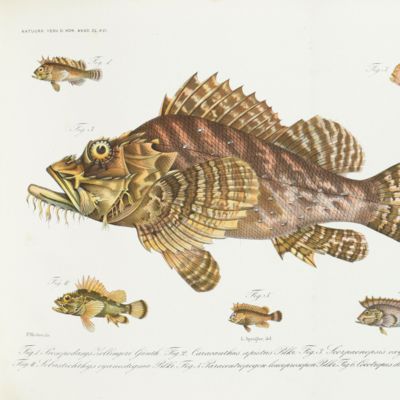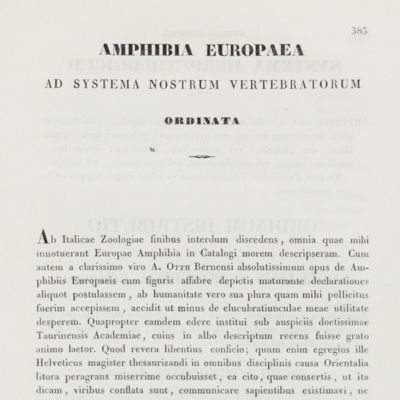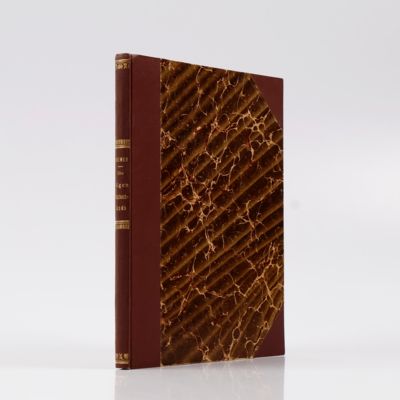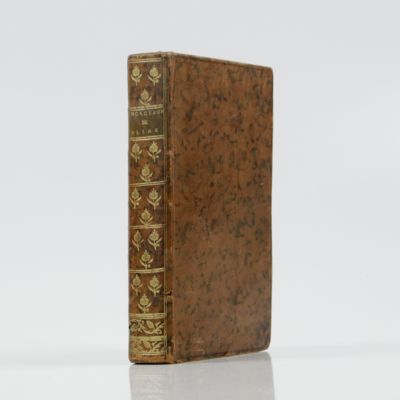Hoogstraeten, S. van
Inleyding tot de hooge schoole der Schilderkonst: Anders de Zichtbaere Werelt. Verdeelt in negen Leerwinkels, yder bestiert door eene der Zanggodinnen.
Rotterdam, F. van Hoogstraeten, 1678. Small 4to (19.9 x 16.0 cm). Engraved title, letterpress title in red and black; 381 pp. ([xii], 361, [viii]); engraved frontispiece portrait by J. Oudaan; 14 folded plates, four text engravings. Contemporary vellum. Spine with script title in an old hand.
A very good, complete copy including all five anatomical plates (A-E), and nine plates illustrating the nine Muses. This is a major work on art theory, written and illustrated by the Dutch poet and painter of the Golden Age, Samuel Dirksz van Hoogstraeten, or Hoogstraten (1627-1678), who was a pupil of Rembrandt, and painted much in his style. "Besides painting and directing a mint, he devoted some of his time to literary labours. His magnum opus is a book on painting, the Introduction to the Academy of Painting, or the Visible World (original title: Inleyding tot de hooge schoole der schilderkonst: anders de zichtbaere werelt, Rotterdam, 1678 [this work]) which is in length and theoretical scope one of the most ambitious treatises on the art of painting published in the Dutch Republic in the seventeenth century. It covers issues such as pictorial persuasion and illusionism, the painter's moral standards and the relation of painting to philosophy, referring to various ancient and modern authors. While reacting to international, mainly Southern European ideas on painting which Van Hoogstraten may have encountered during his travels, the treatise also reflects contemporary talk and thought on art from Dutch studios. He wrote it as a sequel to Karel van Mander's early-17th-century book on painting and painters entitled Het Schilder-Boeck. One of van Hoogstraten's many students, Arnold Houbraken, later wrote the book entitled The Great Theatre of Dutch Painters, which included a biography of his teacher. This biography is the basis of most of the information that we have about van Hoogstraten today" (Wikipedia). Some wear and staining to the boards; light pencil notes on rear free endpaper, light, very marginal damp-staing to about 30 leaves, but mostly clean and unmarked. Hollstein IX, p. 136.
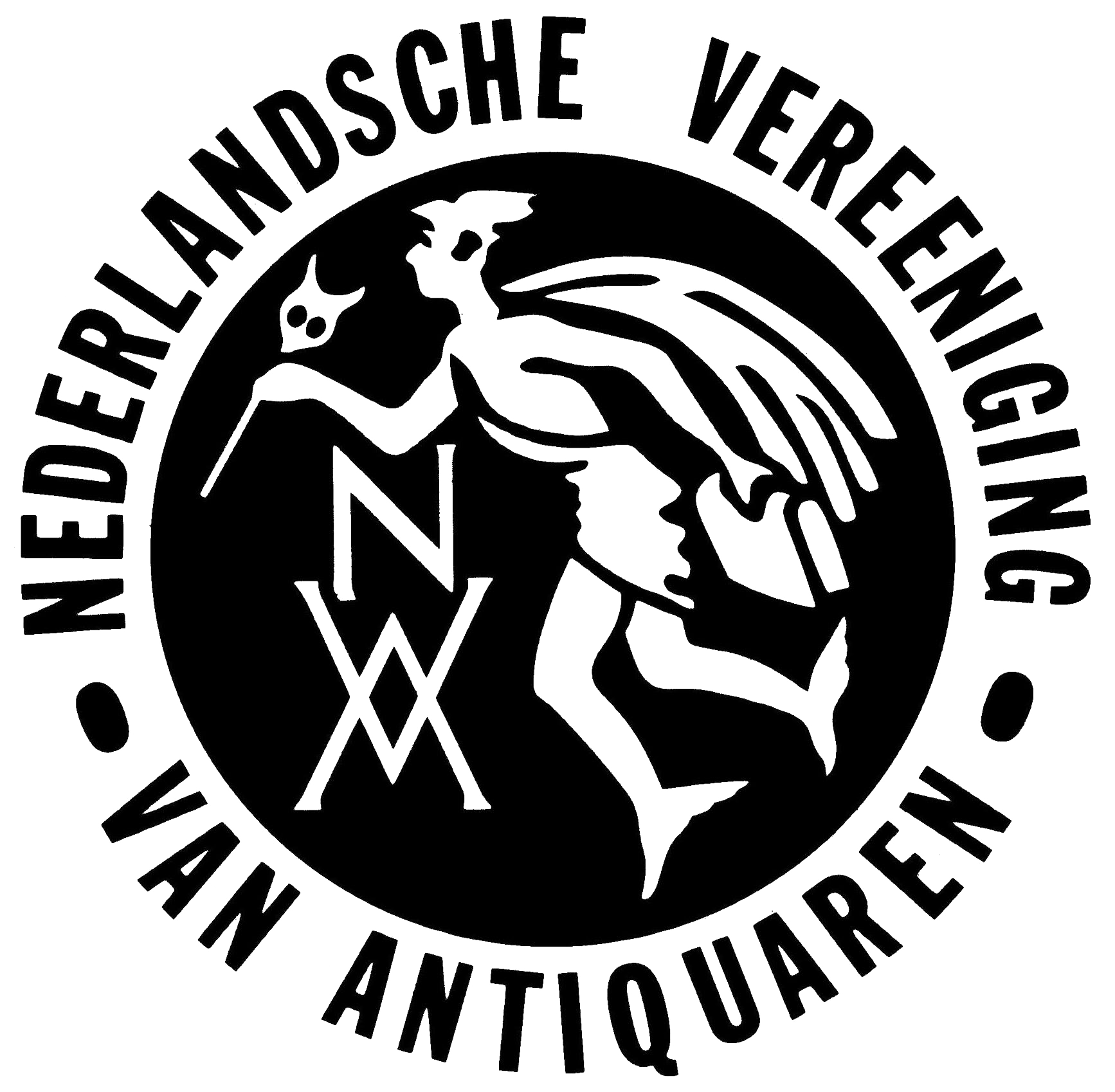
Recently Viewed
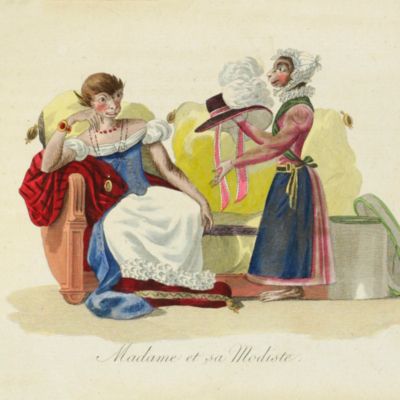
[Caricature] [Probably by P. C. L. Janet]
Les singeries humaines. Petit museum comique et grotesque.
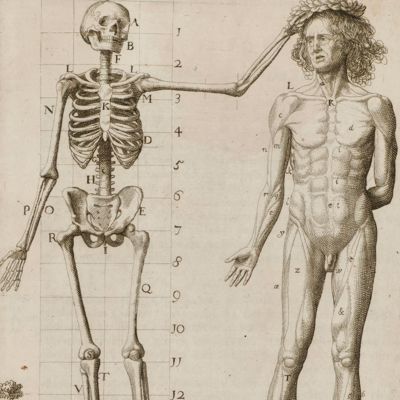
![image for Spotted Cat. [Original of a book front-cover illustration, signed by the artist].](https://schierenberg.nl/media/cache/product_thumb/78305/78305_x.jpg)
![image for [Lijst van Nederlandse Lepidoptera].](https://schierenberg.nl/media/cache/product_thumb/65475/65475_x.jpg)

![image for Evangelisches Gesangbuch. Eine Feste Burg ist unser Gott. [Music Box].](https://schierenberg.nl/media/cache/product_thumb/78287/78287.jpg)

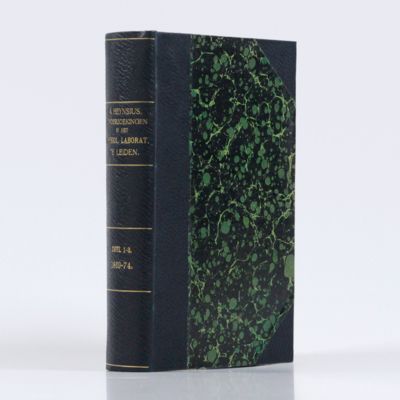
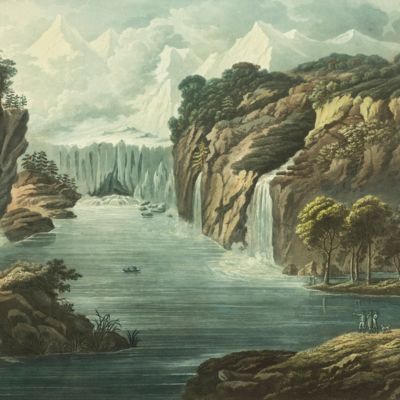
![image for Reptielen - Reptiles [Fine facsimile print].](https://schierenberg.nl/media/cache/product_thumb/71454/71454_x.jpg)
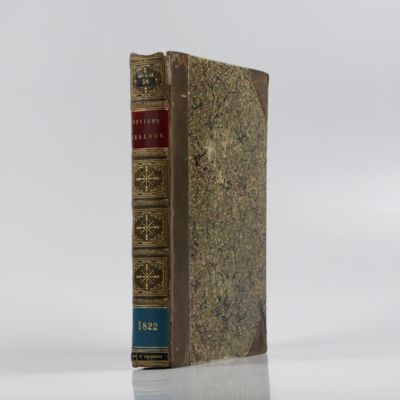
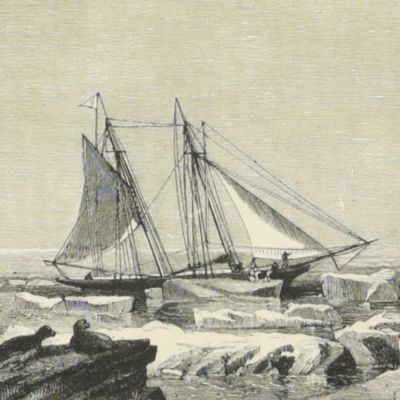
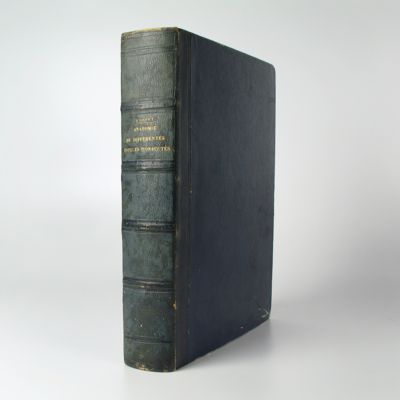
![image for Ontmoeting. [Encounter].](https://schierenberg.nl/media/cache/product_thumb/77322/77322_x.jpg)
![image for Castrovalva (Abruzzi) - Italy. [Fine facsimile print].](https://schierenberg.nl/media/cache/product_thumb/71451/71451_x.jpg)
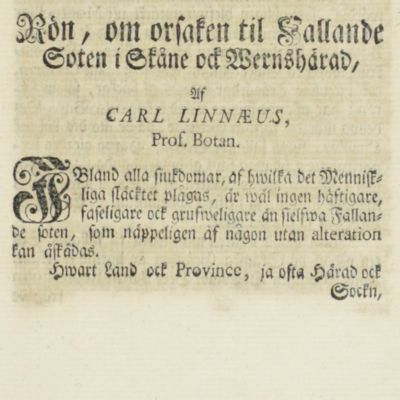
![image for [Reply letter]. Testimonial to Mr. Darwin. - Evolution in the Netherlands.](https://schierenberg.nl/media/cache/product_thumb/72378/72378_x.jpg)
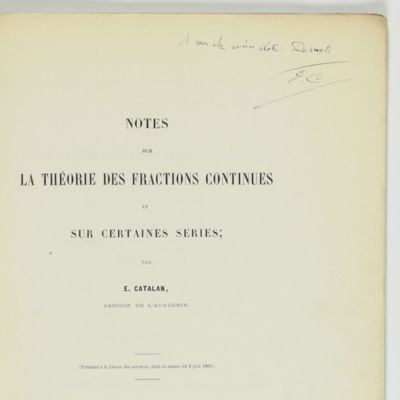
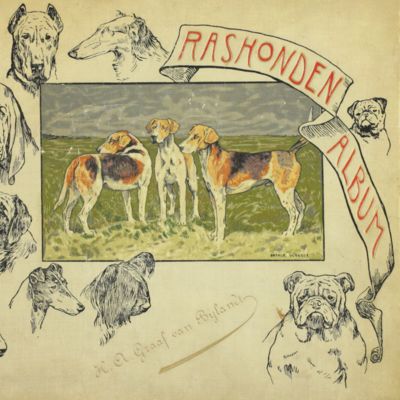
![image for Escher Adventures in Perception. [With handwritten letter by Maurits Escher to Han van Gelder, who produced an Oscar-nominated film about the artist and his work].](https://schierenberg.nl/media/cache/product_thumb/77432/77432_x.jpg)
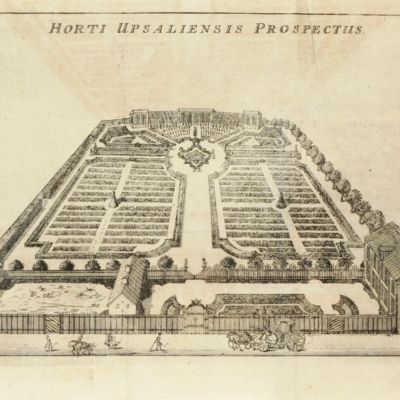
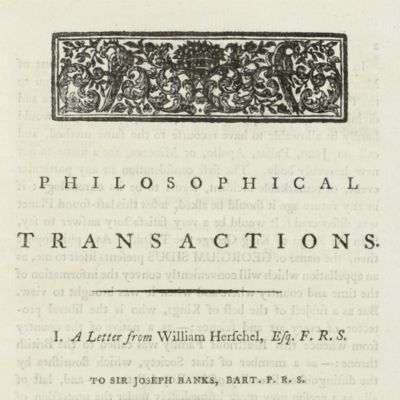
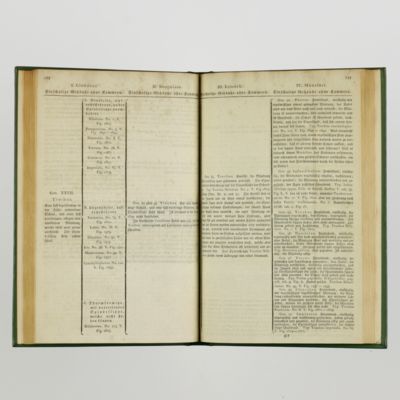
![image for Faust. Poligrafisch illustrirte Zeitschrift für Kunst, Wissenschaft, Industrie, und geselliges Leben, begleitet von Kunst-Beilagen aus mehr als 30 Druckfächern. [All photographic plates. Original prints, mounted, as issued].](https://schierenberg.nl/media/cache/product_thumb/71796/71796_x.jpg)
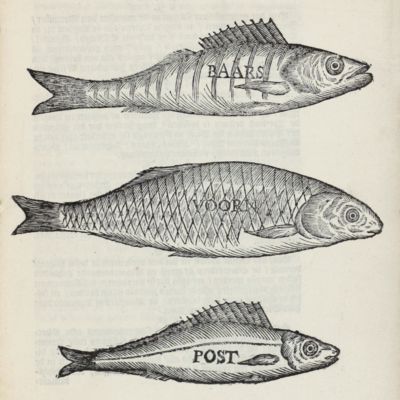
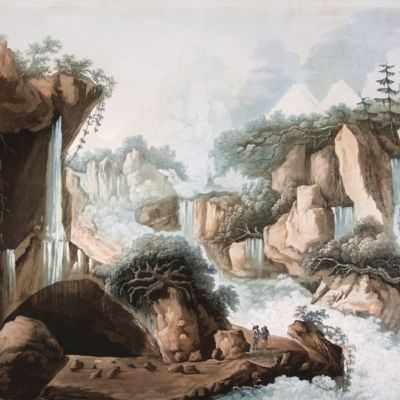
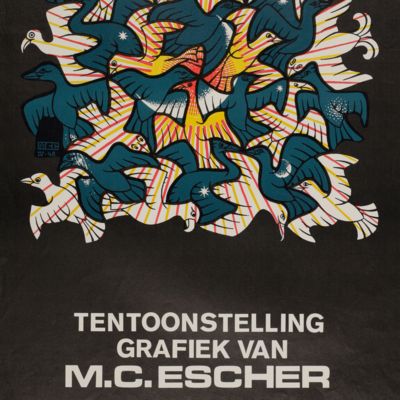
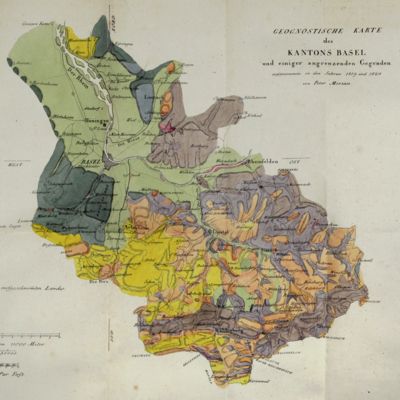
![image for Description des Alpes, Pennines et Rhetiennes; dédiée a.s.m. très-chrétienne Louis XVI, roi de France et de Navarre. Tome premier - second. [Complete].](https://schierenberg.nl/media/cache/product_thumb/48650/48650.jpg)
![image for Index Litteraturae Entomologicae Serie I: de Welt-Literatur über die gesamte Entomologie bis inklusive 1863. [Interleaved set with additions].](https://schierenberg.nl/media/cache/product_thumb/76790/76790.jpg)
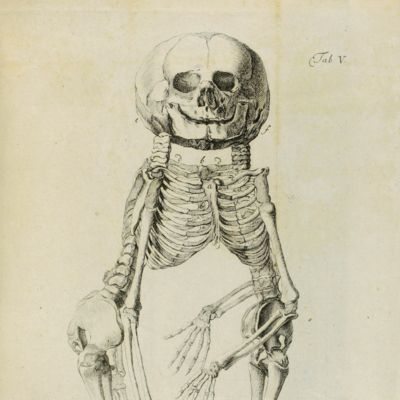
![image for Annalen der Physik und Chemie. Sechse Reihe. Band I - X. [Complete].](https://schierenberg.nl/media/cache/product_thumb/76543/76543_x.jpg)
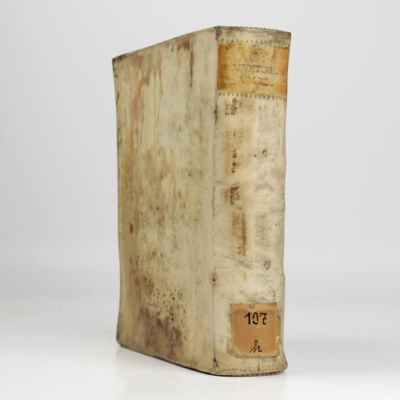
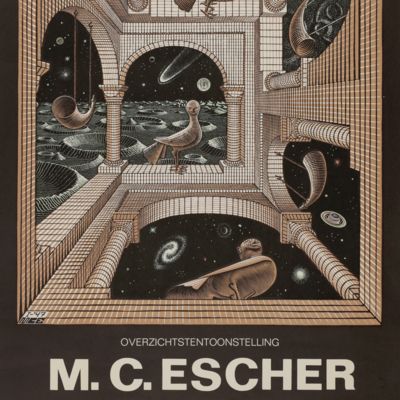
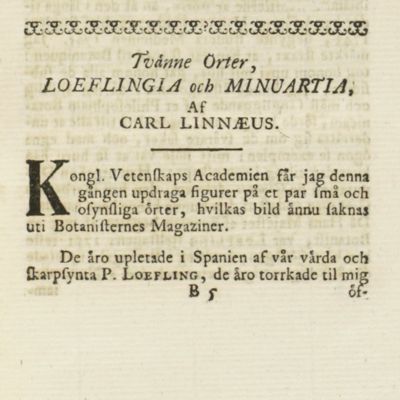
![image for Boven en onder - Up and Down [Fine facsimile print].](https://schierenberg.nl/media/cache/product_thumb/71456/71456_x.jpg)
![image for Endymion. A Poetic Romance by John Keats, with engravings by John Buckland-Wright. [With a bookplate designed by Maurits Escher].](https://schierenberg.nl/media/cache/product_thumb/77636/77636_x.jpg)
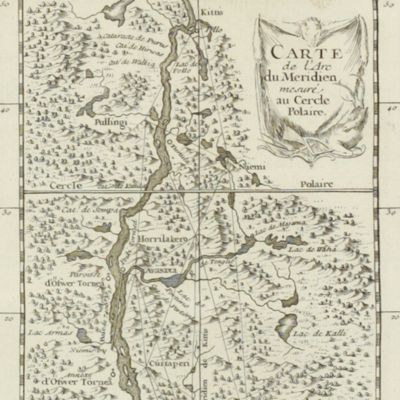
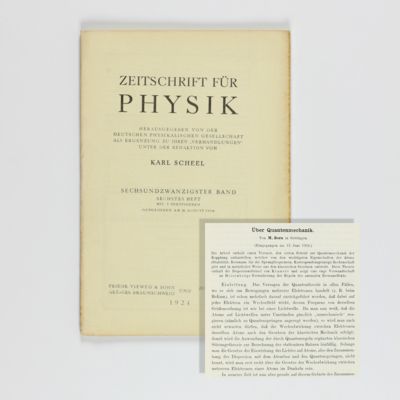
![image for Genera insectorum Linnaei et Fabricii iconibus illustrata. [Plates].](https://schierenberg.nl/media/cache/product_thumb/77060/77060_x.jpg)
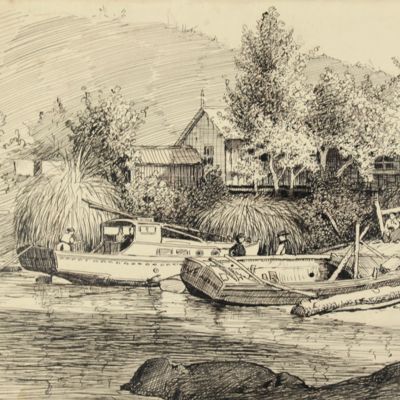
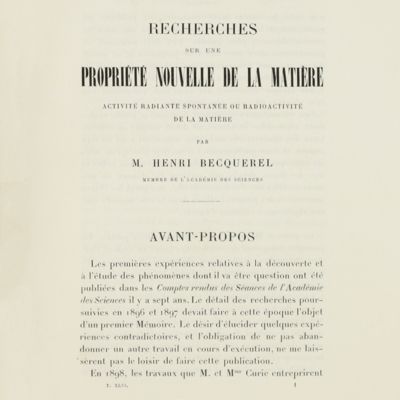
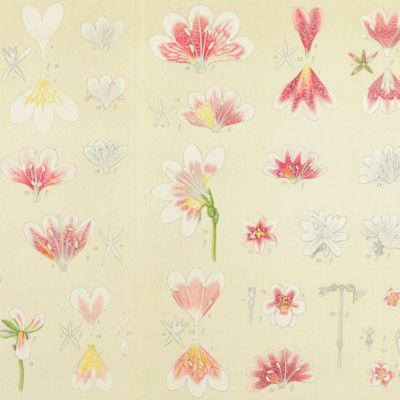
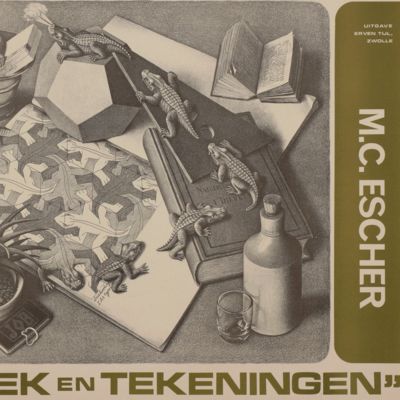
![image for Twaalf vogels - Twelve Birds [Fine facsimile print].](https://schierenberg.nl/media/cache/product_thumb/71466/71466_x.jpg)
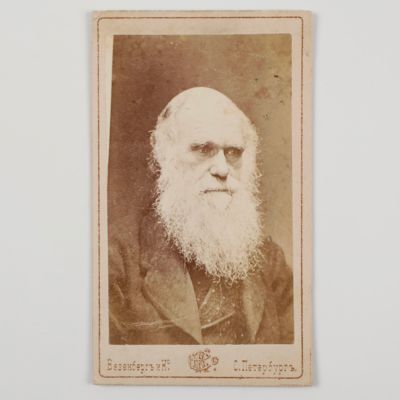
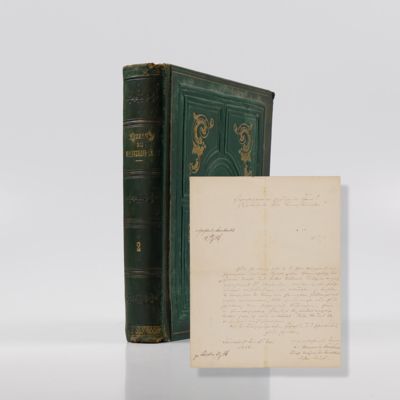
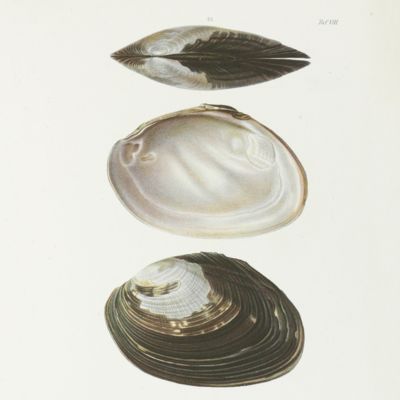
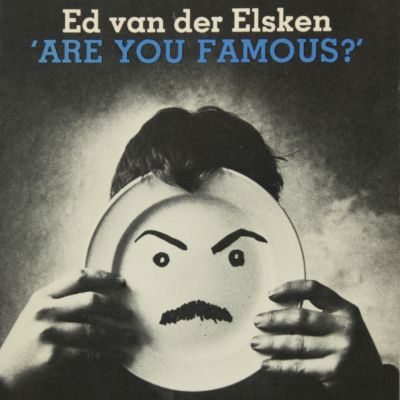

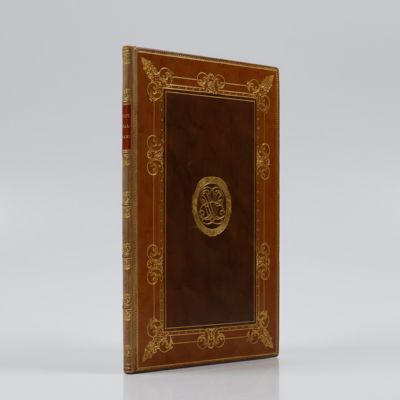
![image for Beiträge zur Meeresfauna der Insel Mauritius und der Seychellen. Mollusken. [Including] Anhang. Anatomie einiger Landschnecken.](https://schierenberg.nl/media/cache/product_thumb/75051/75051_x.jpg)
![image for Raspunten-boek van de Nederlandsche Vereeniging van Liefhebbers en Fokkers van Rashonden "Cynophilia" [OR] Raspuntenboek van de meest bekende hondenrassen.](https://schierenberg.nl/media/cache/product_thumb/71072/71072_x.jpg)
![image for Genera og species af Danmarks Eleutherata at tjene som fauna for denne orden og som indledning til dens anatomie og historie. Förste Bind. Med fem og tyve kobbertavler. [All published].](https://schierenberg.nl/media/cache/product_thumb/76121/76121.jpg)
![image for Linné och hans lärjungar. [After Brusewitz]](https://schierenberg.nl/media/cache/product_thumb/76508/76508_x.jpg)
![image for Tijdschrift van het Aardrijkskundig Genootschap, gevestigd te Amsterdam. Eerste Deel [Journal of the Geographical Society in Amsterdam, Volume 1].](https://schierenberg.nl/media/cache/product_thumb/67342/67342.jpg)
![image for Andere wereld - Other World [Fine facsimile print].](https://schierenberg.nl/media/cache/product_thumb/71455/71455_x.jpg)
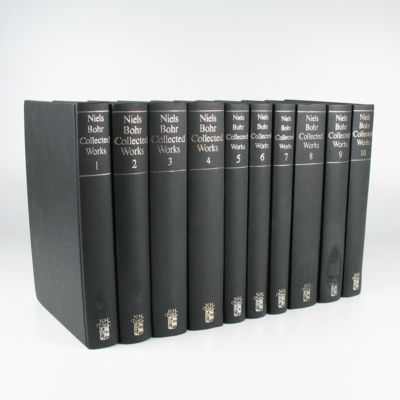
![image for Vogel/vis - Bird/Fish [Fine facsimile print].](https://schierenberg.nl/media/cache/product_thumb/71463/71463_x.jpg)
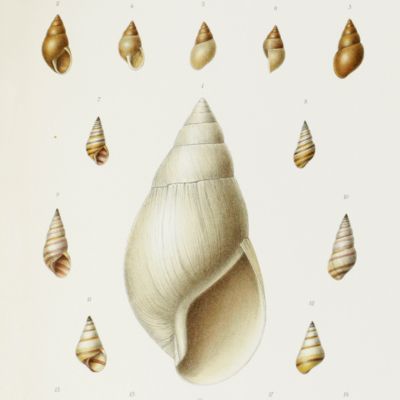
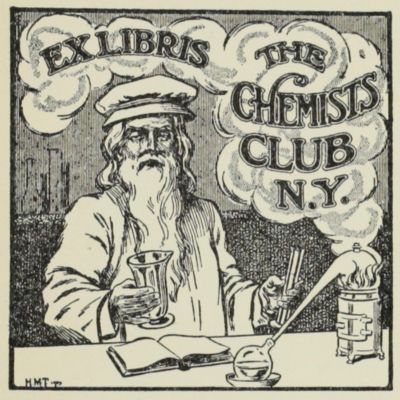
![image for Relativiteit - Relativity [Fine facsimile print].](https://schierenberg.nl/media/cache/product_thumb/71457/71457_x.jpg)
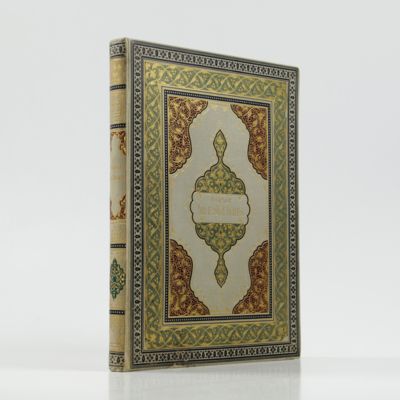
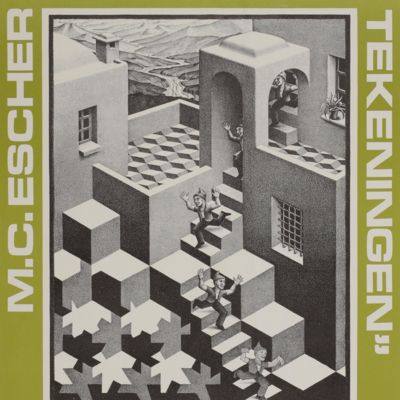
![image for Testudo ex suo scuto, ut vulgus putat, exire non potest [AND] Vespertilionem habere caudam, sceleton ejus domonstrat. [Contained in:] <em>Miscellanea curiosa medico-physica Academiae naturae curiosum sive ephemeridum medico-physicarum germanicarum</em> annus quartus et quintus.](https://schierenberg.nl/media/cache/product_thumb/60942/60942_x.jpg)
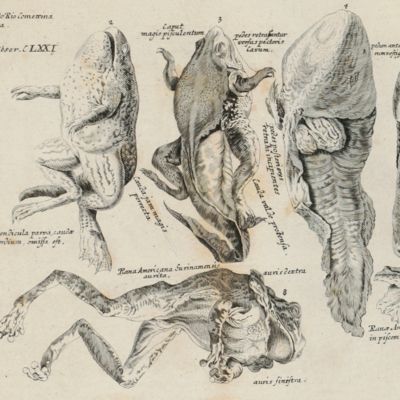
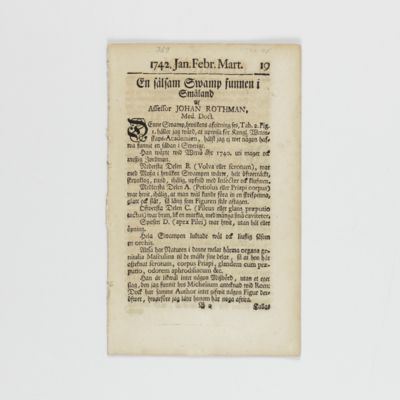
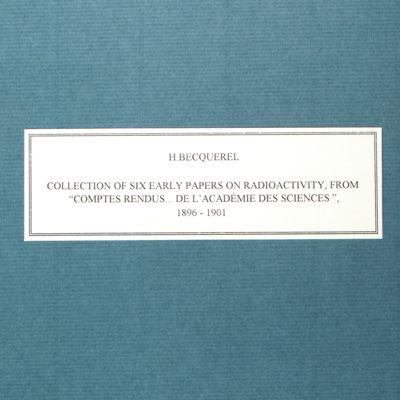
![image for Karnemelk lekker slank. [Buttermilk - nicely slim].](https://schierenberg.nl/media/cache/product_thumb/78310/78310_x.jpg)
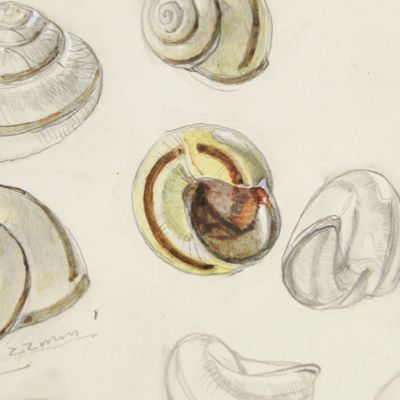
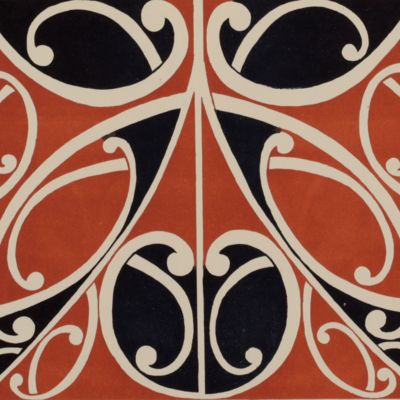
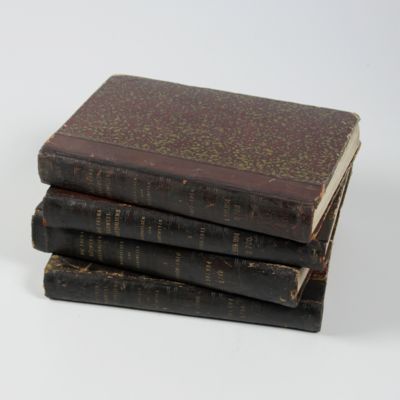
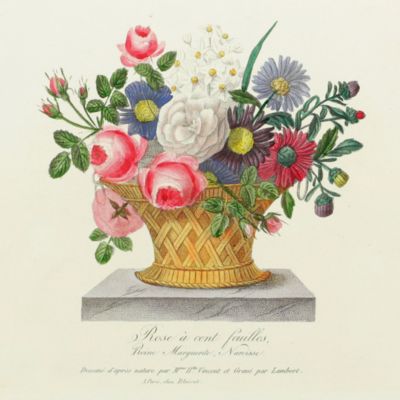
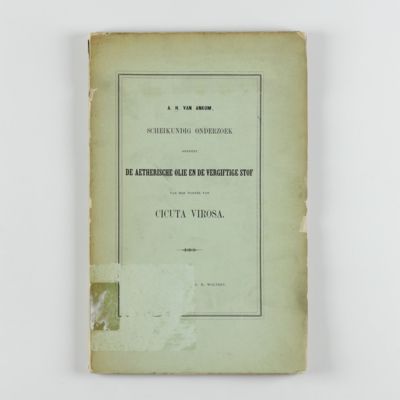
![image for Iconographie et description de chenilles et lépidoptères inédits. I - III. [Complete].](https://schierenberg.nl/media/cache/product_thumb/77969/77969_x.jpg)
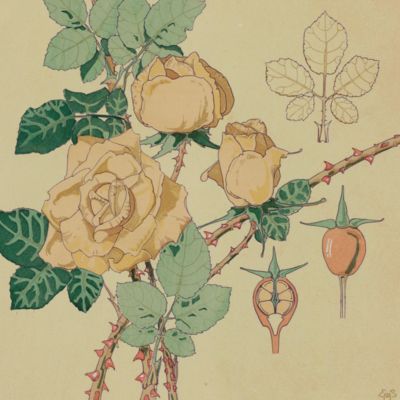
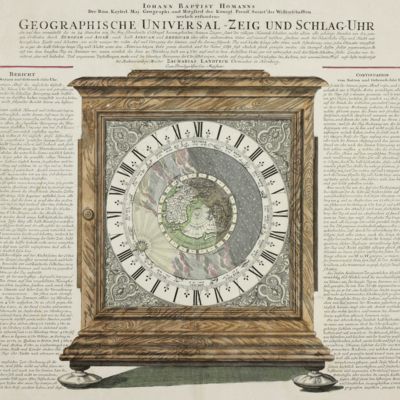
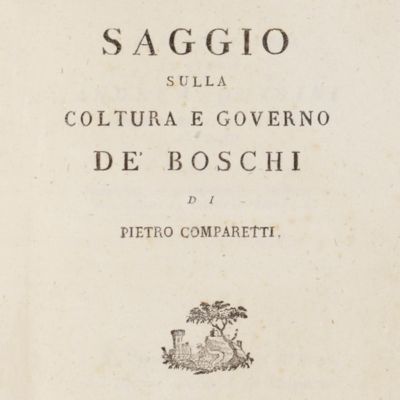
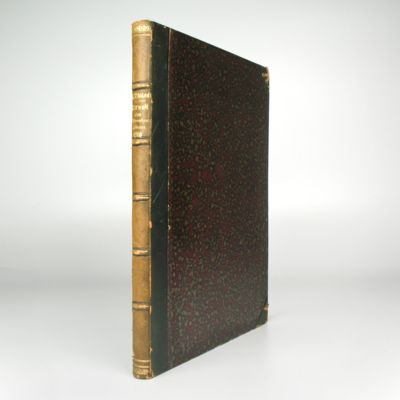
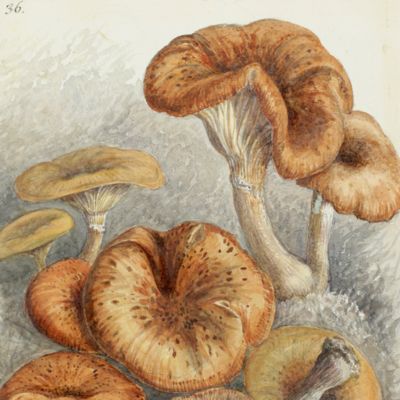
![image for Fauna der Gaskohle und der Kalksteine der Permformation Böhmens. Band I-IV. [Complete].](https://schierenberg.nl/media/cache/product_thumb/67746/67746_x.jpg)
![image for Histoire naturelle des poissons d'eau douce de l'Europe Centrale [AND] Embryologie des Salmones. [The complete Atlas].](https://schierenberg.nl/media/cache/product_thumb/77895/77895_x.jpg)
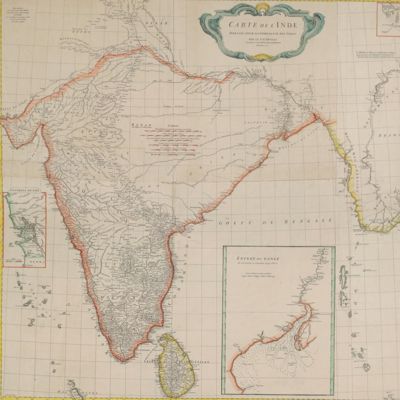
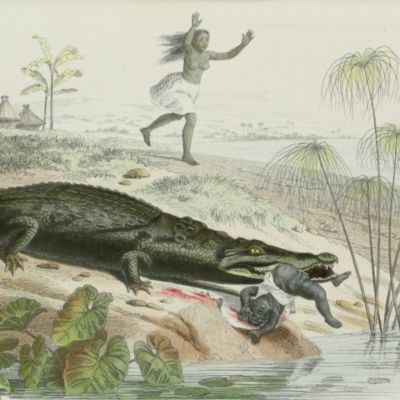
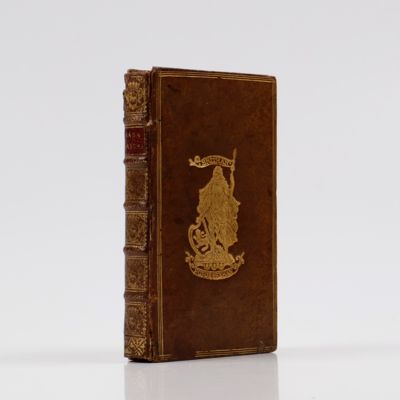
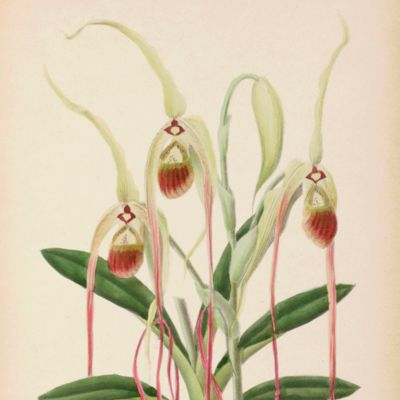
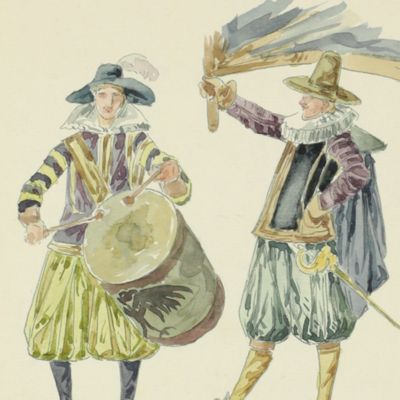
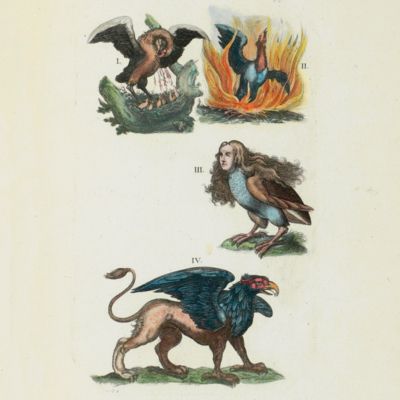
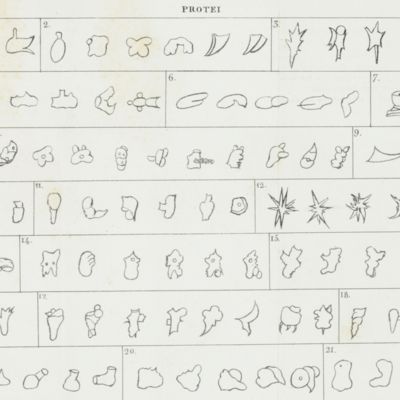
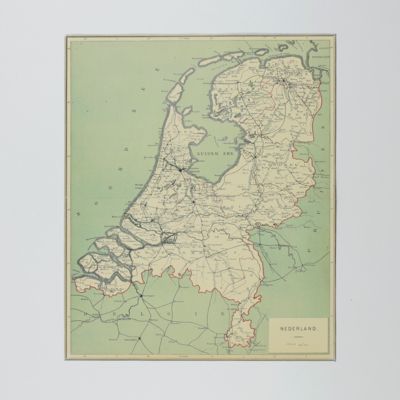
![image for Natural history of Victoria. Prodromus of the zoology of Victoria; figures and descriptions of the living species of all classes of the Victorian indigenous animals. Decade XX. [Complete Decade].](https://schierenberg.nl/media/cache/product_thumb/72797/72797_x.jpg)
![image for [Original letter, signed]](https://schierenberg.nl/media/cache/product_thumb/70732/70732.jpg)
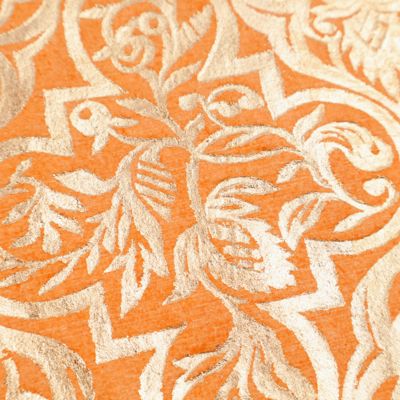
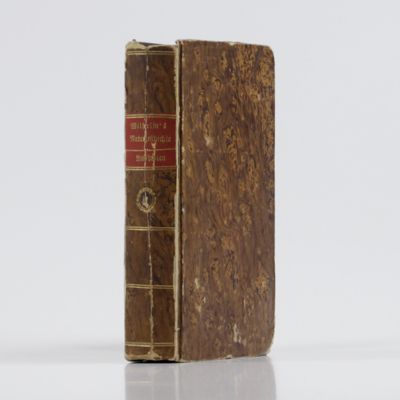
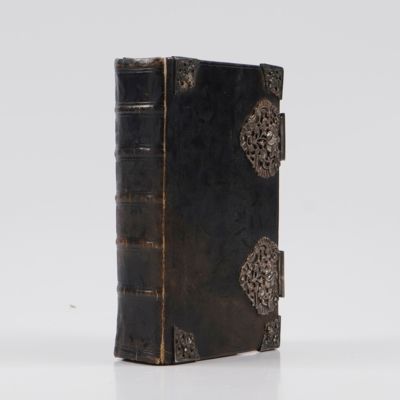
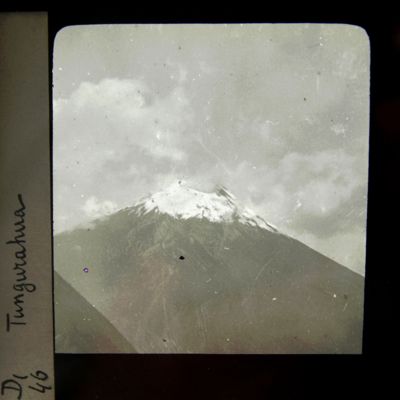
![image for Aankomst van Jean d'Ezquebel ter bevolking van Jamaica, door den Ammiraal Diego Kolumbus, van Hispaniola derwaards gezonden, in 't jaar 1510. Verhaalende 't misnoegen der Kroon Portugaal; benevens veel zeldzaame avondturen, rampspoeden en gevaaren aan Alonzo d'Ojega, Diego de Nicueza, Vasco Nunez, Lopez d'Alano en andere overgekomen; beneffens de togten naar land van Darien en bevolking van Cuba door Diego Velasques gedaan in 't jaar 1511. Uit d'oorspronkelyke berigten en koninglyk bevel in 't Spaans beschreeven door Antonius Herrera, nu aller-eerst in 't Neederduyts vertaald en met printverbeeldingen en noodig register voorzien. [AND] Scheeps-togt van Robert Harcourt na Gujana, gedaan in het jaar 1608. Aanwijsende de gelegentheeden en hoedanigheeden deses landschaps, des selfs eylanden, rivieren, grens-palen, verscheydenheyd der volkeren en talen, jaar-getijden, tijd-rekeningen, dood-malen, spijse en drank: als mede veelerley soort van dieren, vogelen, vissen, fruyten, suyker-riet, katoen, verw-stoffen, kostelijke gommen, balsem, droogeryen, tabak &c. Door den reysiger selfs in het Engels beschreeven, en nu alder-eerst uyt die spraak vertaalt. Met een volkomen register verrijkt [AND] Zee-togt van Kapiteyn Charles Leig, gedaan na Gujana, en des selfs volk-plantinge aldaar begonnen, mitsgaders de ongelukkige reyse van het schip de Olijf-bloesem, tot des selfs onderstand derwaards gesonden. In het jaar 1604. Door een der reysigers, die desen togt heeft by-gewoont, en de handen der wilde gelukkig is ontkoomen, in het Engels beschreeven, en nu alder-eerst uyt die spraak vertaalt. Met een volkoomen register en konst-print verrijkt.](https://schierenberg.nl/media/cache/product_thumb/49222/49222_x.jpg)
![image for [Funambulism - tightrope walking] Leaflet.](https://schierenberg.nl/media/cache/product_thumb/74370/74370.jpg)
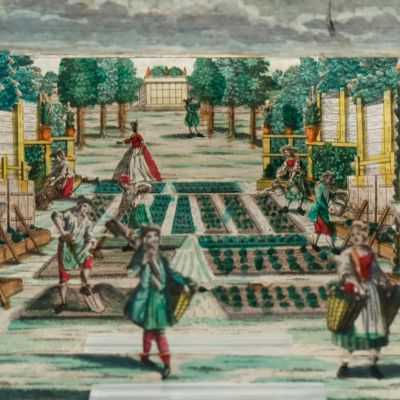
![image for Guillaume Bruyas & Fils Lyon. [Trade Catalogue of locks, chains, guns, and other metalware - original watercolours]](https://schierenberg.nl/media/cache/product_thumb/77499/77499_x.jpg)
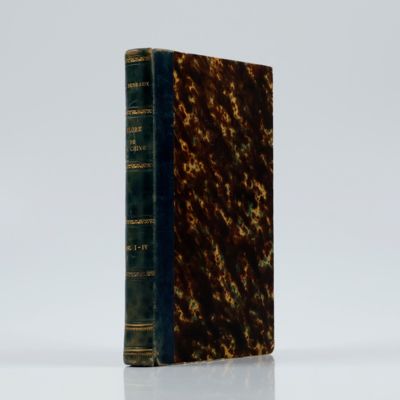
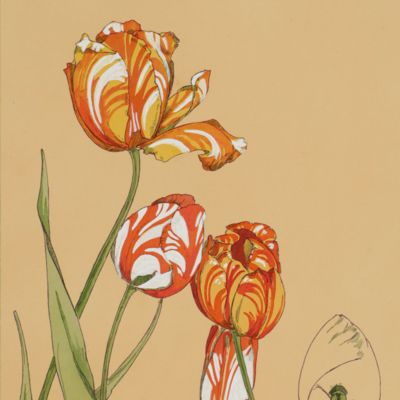
![image for Insects [from the Encyclopédie ou Dictionnaire des sciences, plates 75-83].](https://schierenberg.nl/media/cache/product_thumb/72397/72397_x.jpg)
![image for Nitokris. Légende de l'ancienne Égypte. [Unique copy enriched with original photos and artwork].](https://schierenberg.nl/media/cache/product_thumb/78114/78114_x.jpg)
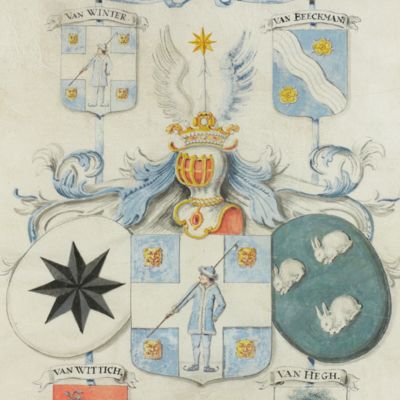
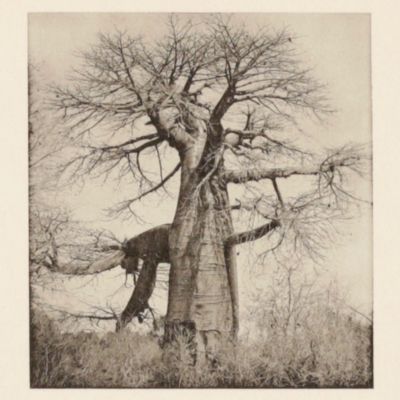
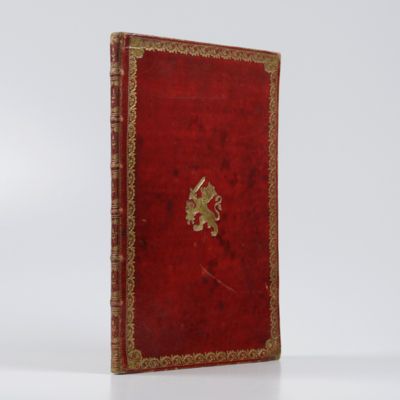
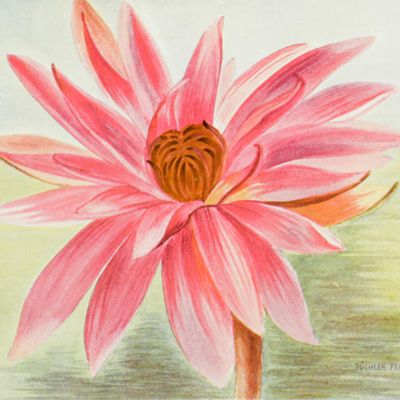

![image for Sparrowhawk. [Original watercolour].](https://schierenberg.nl/media/cache/product_thumb/72200/72200_x.jpg)
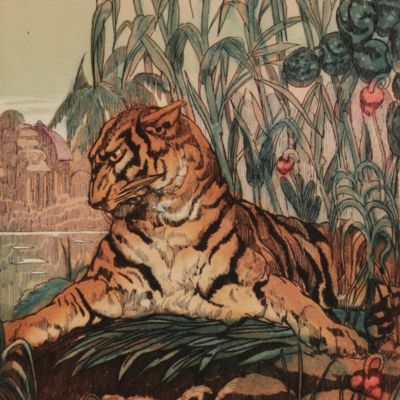
![image for La chronique de Gargantua, premier texte du roman de Rabelais. Précédé d'une notice par M. Paul Lacroix. [Limited edition in fine binding].](https://schierenberg.nl/media/cache/product_thumb/73390/73390.jpg)
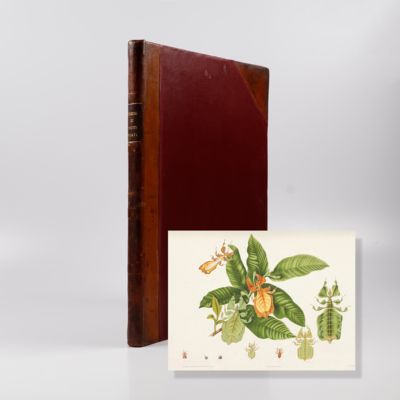
![image for The reptiles of western North America. An account of the species known to inhabit California, Oregon, Washington, Idaho, Utah, Nevada, Arizona, British Columbia, Sonora and Lower California. Volume I. Lizards. [AND] Volume II. Snakes and turtles. [Complete].](https://schierenberg.nl/media/cache/product_thumb/62201/62201_x.jpg)
![image for Catalogue of the vascular plants of S. Tomé (with Principe and Annobon). [AND] Supplement Catalogue of the vascular plants of S. Tomé (with Principe and Annobon). [AND] Corrected proof of the Supplement.](https://schierenberg.nl/media/cache/product_thumb/74548/74548.jpg)
![image for Recherches sur la faune de Madagascar et de ses Dépendances, d'apres les découvertes de Fr. P. C. Pollen et D. van Dam. 4me Partie. Poissons de Madagascar et de l'Ile de la Réunion des collections de MM. Pollen et Van Dam. [AND] Les pêches a Madagascar et es dépendances.](https://schierenberg.nl/media/cache/product_thumb/77990/77990_x.jpg)
![image for Great Auk. [Original hand-coloured print for <em>The Birds of America</em>].](https://schierenberg.nl/media/cache/product_thumb/77518/77518_x.jpg)
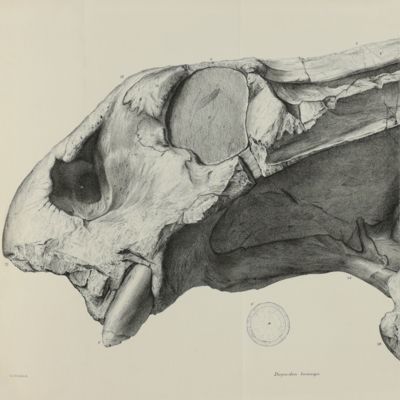
![image for Reptilia Musei zoologici Vratislaviensis. Recensita et descripta. Fasciculus primus. Continens Chelonios et Batrachia. [OR] Deliciae Musei zoologici Vratislaviensis. Fasciculus primus. Continens Chelonios et Batrachia.](https://schierenberg.nl/media/cache/product_thumb/70915/70915_x.jpg)
![image for Letters on the elements of botany, addressed to a Lady by J. J. Rousseau. Translated into English, with notes, and twenty-four additional letters, fully explaining the system of Linnaeus by Thomas Martyn, B.D.F.R. & L.SS, Regius professor of botany in the University of Cambridge. The eighth edition, corrected. [AND] Thirty-eight plates with explanations; intended to illustrate Linnaeus's system of vegetables, and particularly adapted to the letters on the Elements of Botany.](https://schierenberg.nl/media/cache/product_thumb/42022/42022.jpg)
![image for Mille et un livres botaniques de la collection Arpad Plesch. [Limited series copy, with handwritten dedication by the author].](https://schierenberg.nl/media/cache/product_thumb/77456/77456_x.jpg)
